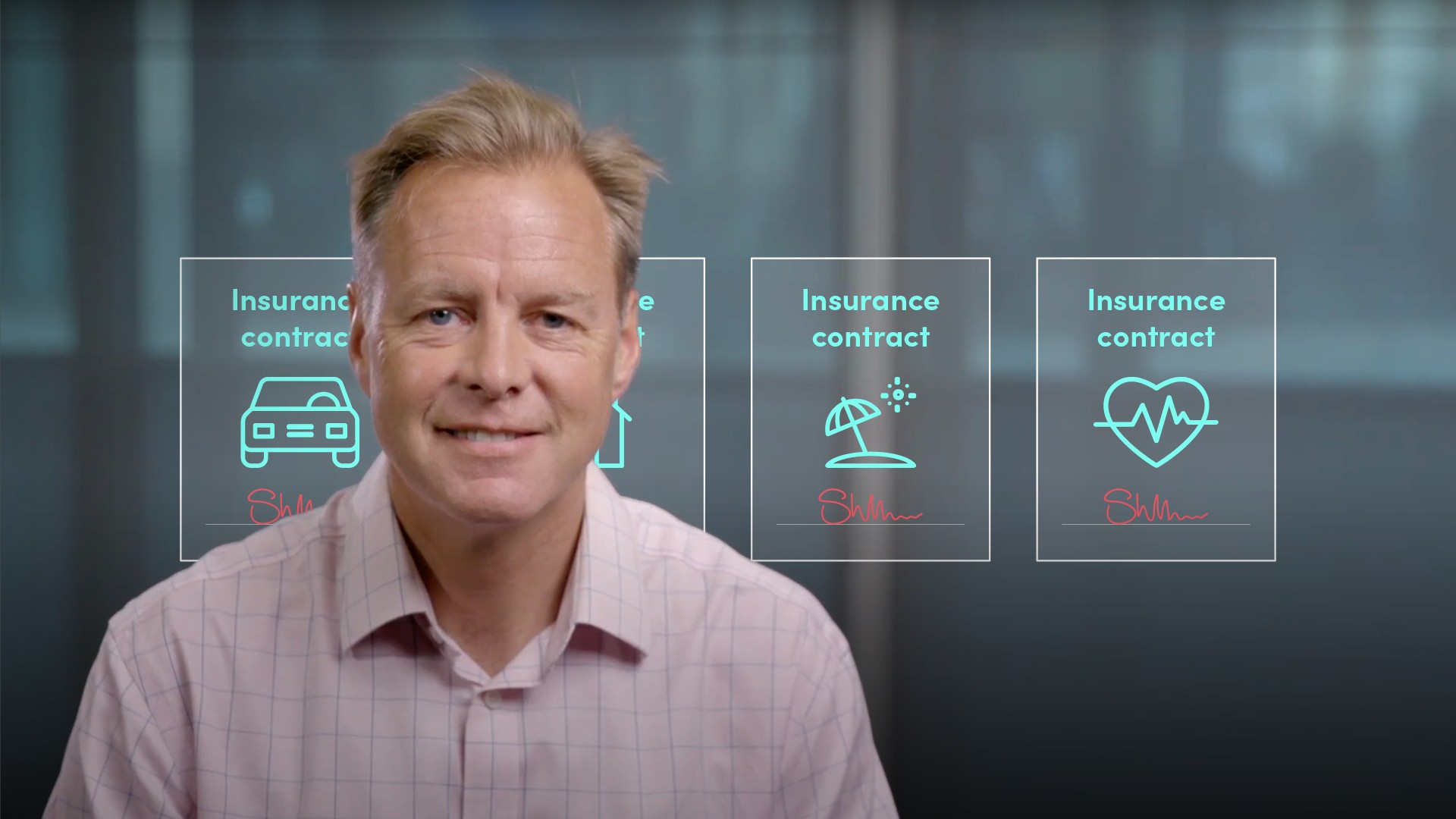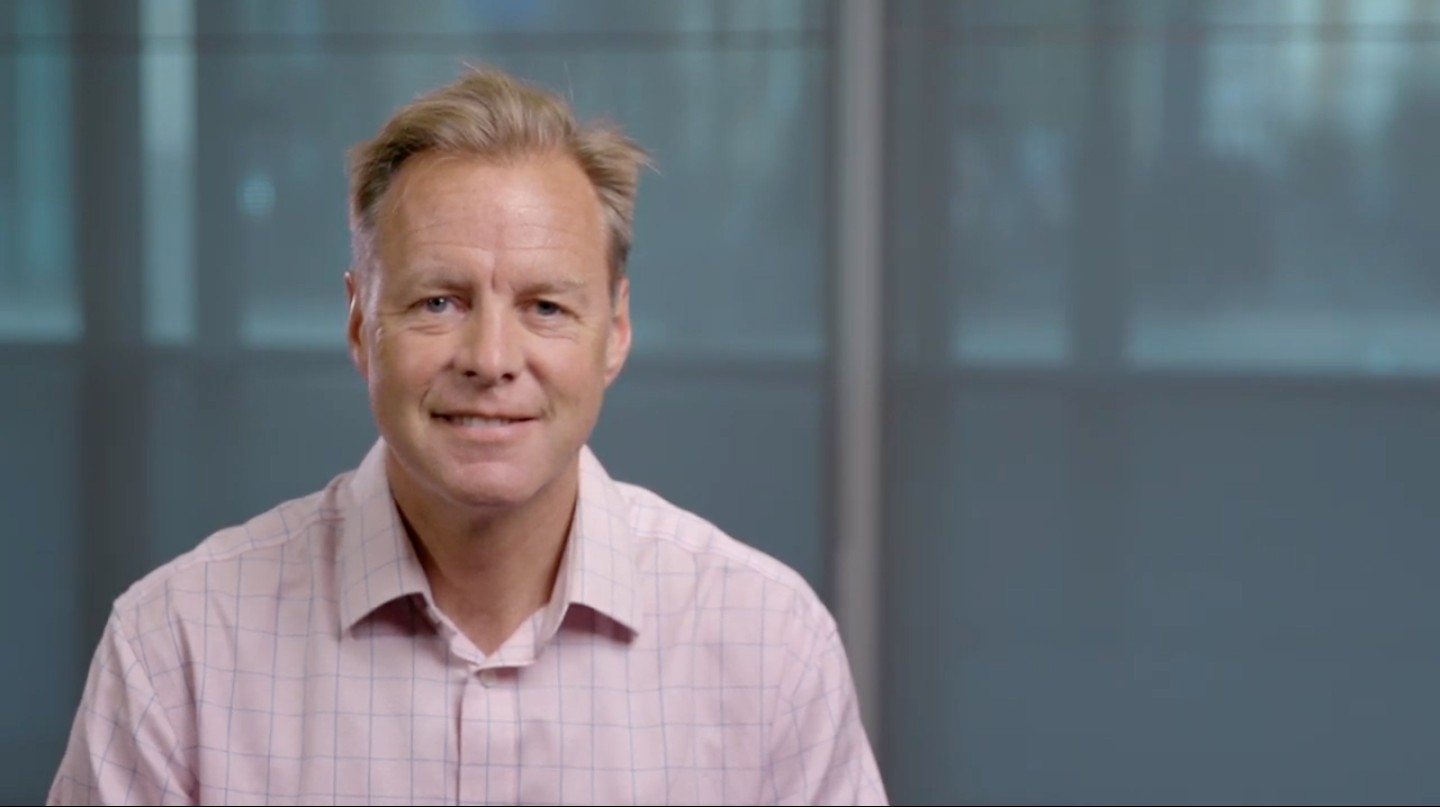
Key Details in an Insurer's Annual Report

Ted Wainman
20 years: CA & educator
In this video, Ted outlines the 5 key things to search for in an insurance company’s annual report. These are: The mix between the technical and non-technical profit; How the company uses reinsurance to allow them to write more business; The size of the claims reserve compared to the premiums; The amount of available capital; And lastly, the liquidity of the assets and hence the company’s ability to pay claims as they fall due.
In this video, Ted outlines the 5 key things to search for in an insurance company’s annual report. These are: The mix between the technical and non-technical profit; How the company uses reinsurance to allow them to write more business; The size of the claims reserve compared to the premiums; The amount of available capital; And lastly, the liquidity of the assets and hence the company’s ability to pay claims as they fall due.
Subscribe to watch
Access this and all of the content on our platform by signing up for a 7-day free trial.

Key Details in an Insurer's Annual Report
11 mins 51 secs
Key learning objectives:
Understand the difference between technical and non-technical profit
Learn the adjustments in translating Gross Premium Written to Net Premium Earned
Examine the size of the balance sheet
Identify whether the company is adequately capitalised
Ensure that the assets are sufficiently liquid to be able to meet claims as they fall due
Overview:
The financial statements of an insurance company are unlike those of any other organisation. Here are 5 key things to look for when confronted with the accounts of an insurance company.
Subscribe to watch
Access this and all of the content on our platform by signing up for a 7-day free trial.
How is the company making a profit (if any)?
An insurance company generates profits in two ways – from writing insurance policies (known as the technical profit) and from investing premiums before they are paid out as claims (non-technical profit). It is possible to make a loss on one area but be profitable overall.
What is classified as a ‘sale’ for an insurance company?
The Gross Premium Written reflects all of the business written in a specific period. Yet an adjustment to ensure that premiums are matched to the period in which they are earned and deducting the costs of re-insurance means that the Net Premium Earned is usually significantly lower.
What is capital adequacy?
Capital adequacy essentially refers to the amount of shareholders’ funds that are available to absorb any losses and ensure that the bank does not default on depositors.
How big is the balance sheet?
The biggest asset of an insurance company will be their investments. These are held to pay our claims in the future. The assets should be greater than the provision for unpaid claims.
How liquid are the assets?
In practical terms, claims are paid out of premiums received. Any shortfall is made up by selling investments. It is important for an insurance company to ensure that an adequate proportion of assets are sufficiently liquid.
Subscribe to watch
Access this and all of the content on our platform by signing up for a 7-day free trial.

Ted Wainman
There are no available Videos from "Ted Wainman"



























